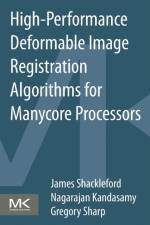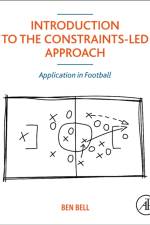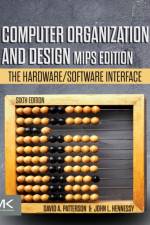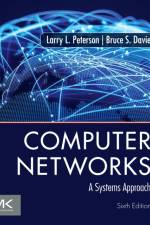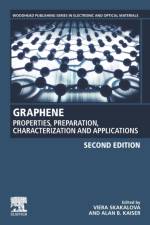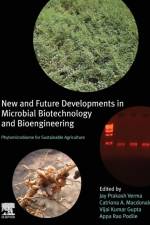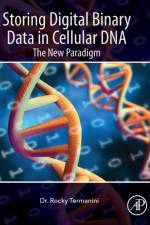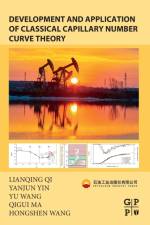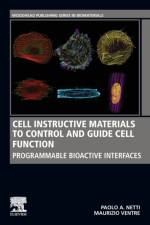- Properties, Preparation, Characterization and Applications
2 689
Graphene: Properties, Preparation, Characterization and Devices, Second Edition, provides a comprehensive look at the methods used to prepare and analyze graphene. Since the first edition''s publication, there have been many advances in the understanding of graphene, in particular, its key properties and most relevant applications. Updates to this new edition include chapters on liquid exfoliation production of graphene and scanning transmission electron microscopy of graphene. New sections cover graphene''s thermal, optical, mechanical, chemical and biocompatibility, with special attention paid to transport properties, a main barrier to the realization of commercial applications. Reviews the preparation and characterization of graphene, covering the latest advances in liquid exfoliation production and the scanning transmission electron microscopy of grapheneIncludes a new section dedicated to the properties of graphene (thermal, transport, optical, mechanical, chemical) to reflect the latest understanding of this important materialDiscusses the most relevant applications of graphene, such as biomedical, sensing, energy and electronic applications




